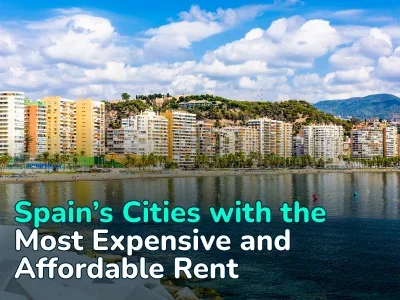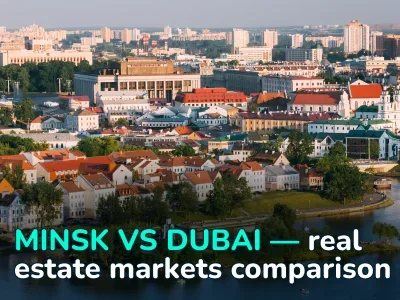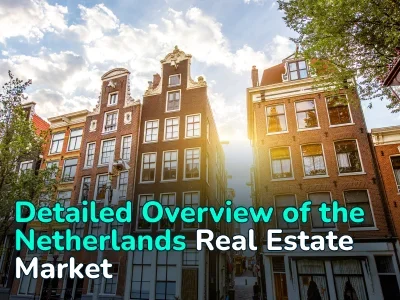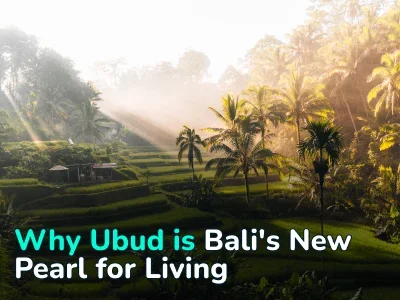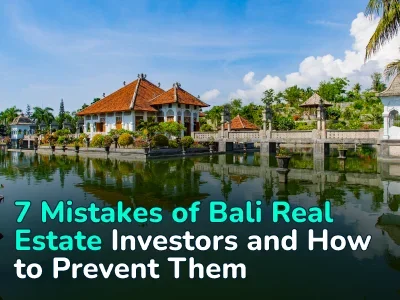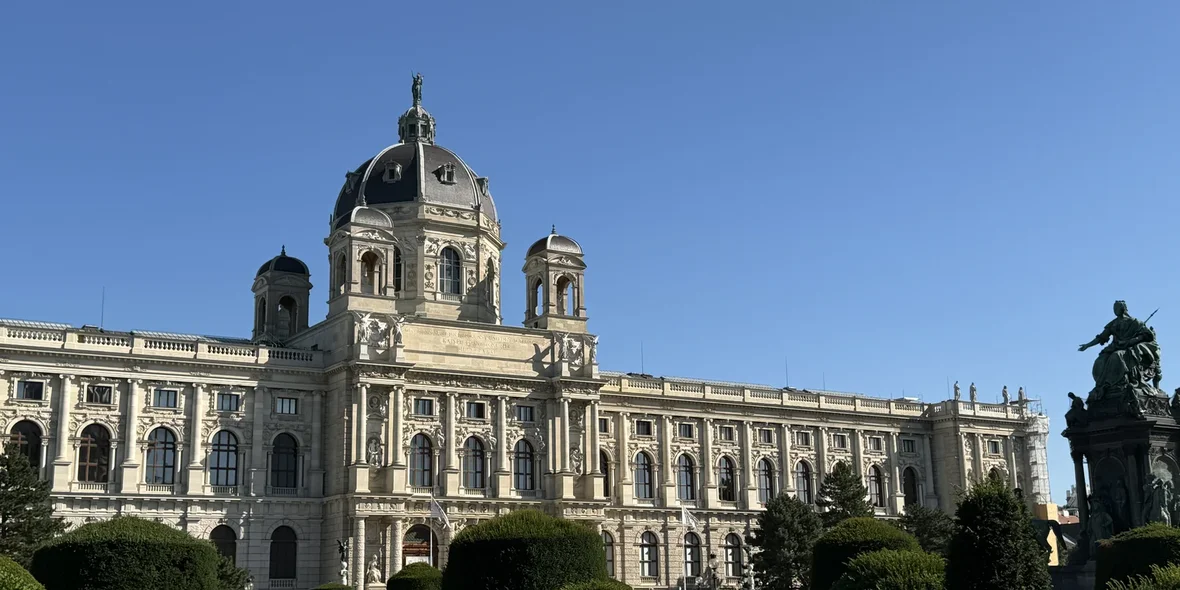
Where to Live in Vienna: A Comparative Analysis of Neighborhoods and Property Prices
Vienna, the capital of Austria, continues to be one of the most attractive cities in the world for living and investing in real estate. The city is divided into 23 districts, each with its own unique character, advantages, and features. Choosing a location for buying a home in Vienna depends on many factors: budget, proximity to the center or nature, infrastructure development, and other aspects. Let's consider each area in detail.
Inner City (1st district)
Innere Stadt is the historical center and the most prestigious district of Vienna.
Peculiarities:
- Rich cultural heritage (St. Stephen's Cathedral, Hofburg, Vienna Opera).
- Prestigious shops and restaurants.
- Excellent infrastructure.
Real estate:
- Average price: 17,604 €/m².
- Rent: 20–30 €/m² per month.
- The majority of apartments are luxury apartments in historic buildings.
Pros: prestige, cultural life, excellent infrastructure.
Cons: high prices, lots of tourists, little greenery.
Leopoldstadt (2nd district)
Leopoldstadt is a rapidly developing district on an island between the Danube and the Danube Canal.
Peculiarities:
- Prater Park.
- Vienna University of Economics and Business.
- Multinational population.
Real estate:
- Average price: 5455 €/m².
- Rent: 11–15 €/m² per month.
- Many new residential complexes.
Pros: green areas, growth potential, affordable prices.
Cons: Some parts still need renovation.
Landstraße (3rd district)
Landstraße is famous for its historical architecture, but at the same time it does not ignore modernity with its benefits and comfort.
Peculiarities:
- Belvedere Palace.
- Good transport links.
- Diplomatic quarter.
Real estate:
- Average price: 7286 €/m².
- Rent: 12–18 €/m² per month.
- A mixture of old and new buildings.
Pros: proximity to the center, cultural attractions.
Cons: uneven development of different parts of the region.
Wieden (4th district)
Wieden is popular among creative intellectuals and students.
Peculiarities:
- Technical University.
- Karlskirche.
- Naschmarkt (market).
Real estate:
- Average price: 10,167 €/m².
- Rent: 14-20 €/m² per month.
- Many buildings from the Gründerzeit era.
Pros: rich cultural life, central location.
Cons: high prices, little greenery.
Margareten (5th district)
Margareten is a former working-class area that has become popular with young people.
Peculiarities:
- Multicultural atmosphere.
- Developing infrastructure.
- Close to Naschmarkt.
Real estate:
- Average price: 4827 €/m².
- Rent: 10–14 €/m² per month.
- Lots of municipal housing.
Pros: affordable prices, growth potential.
Cons: less greenery, some parts need renovation.
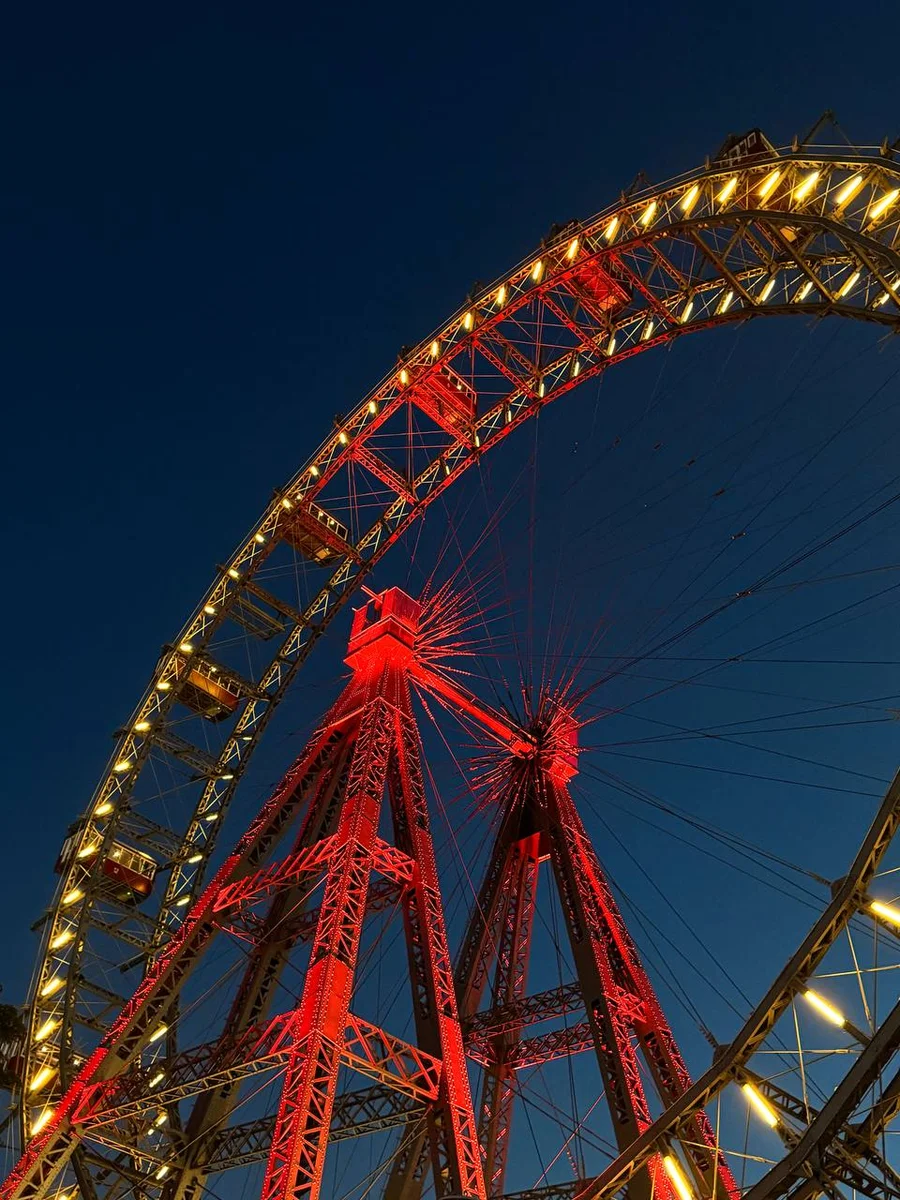
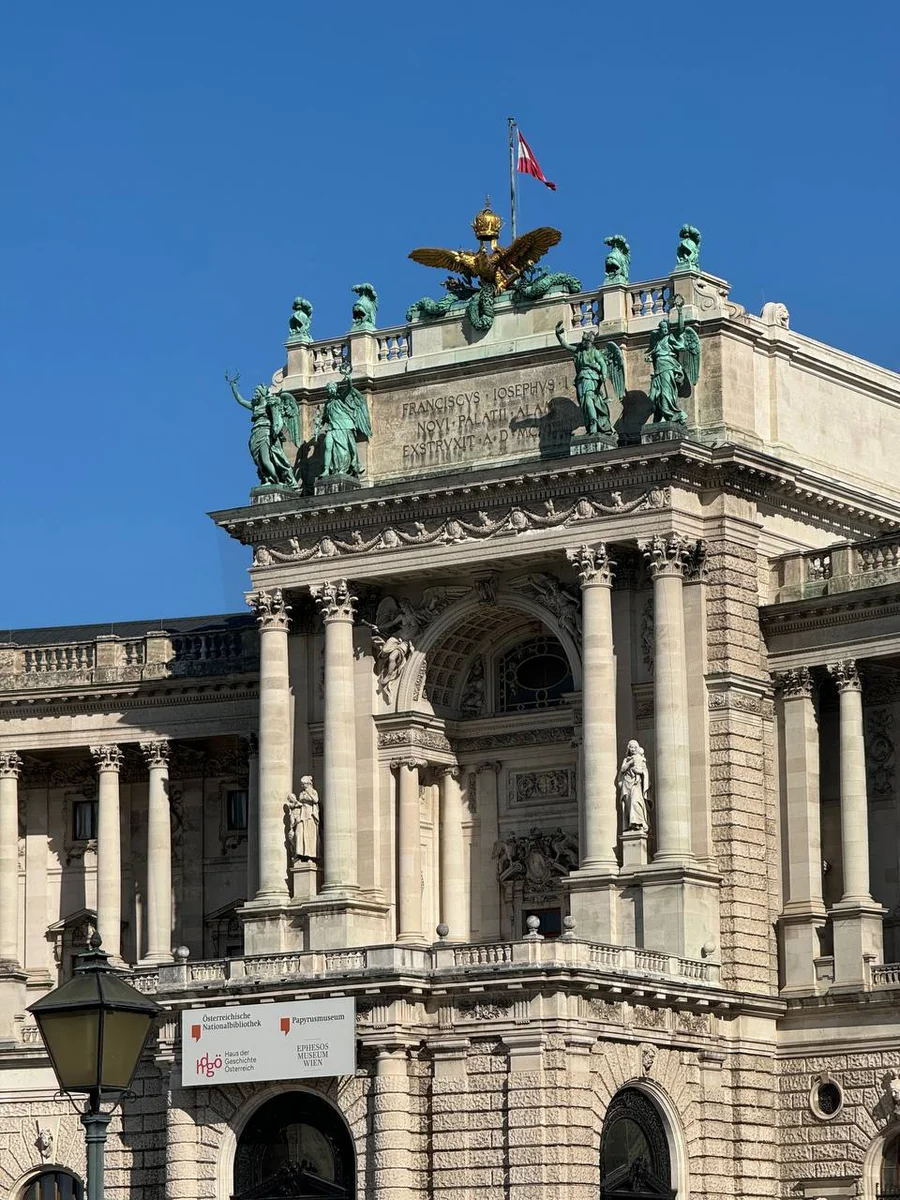
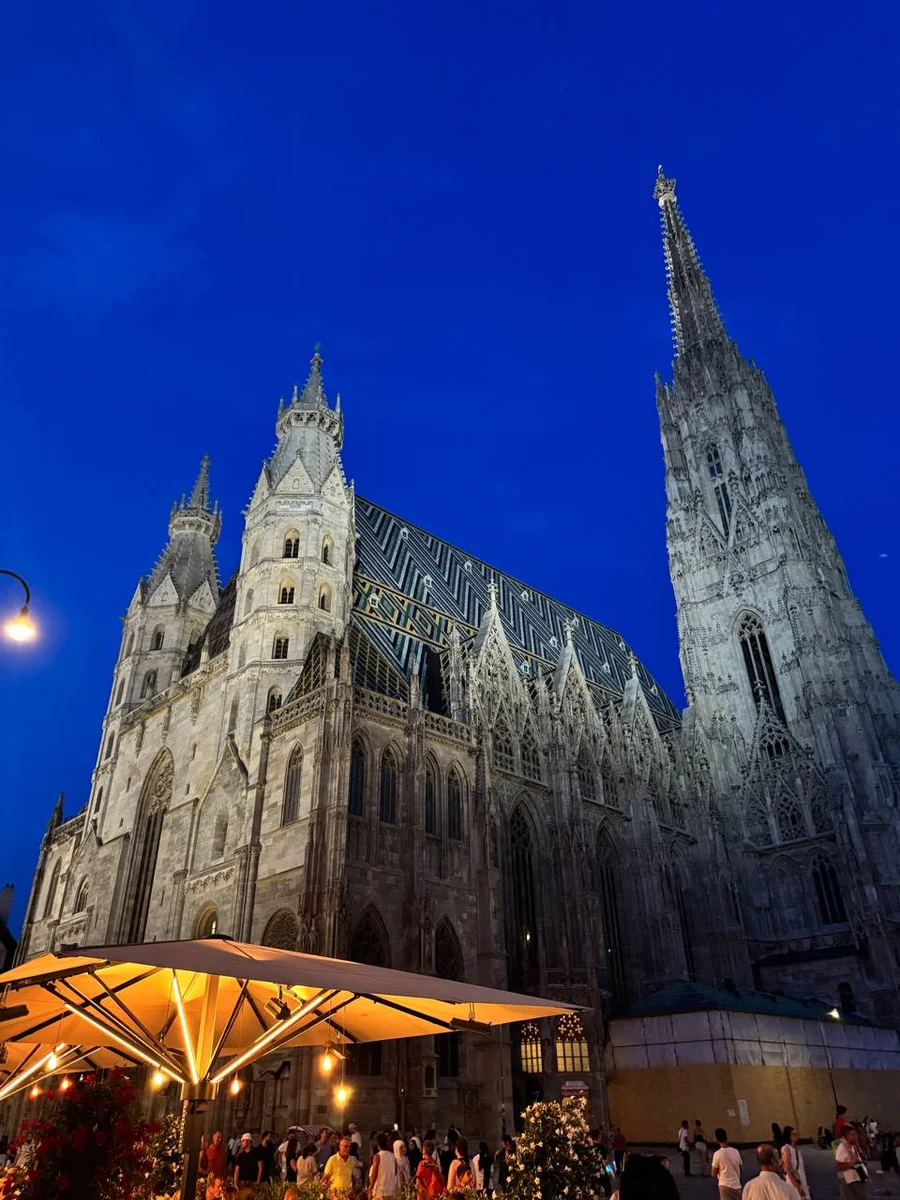
Mariahilf (6th district)
Mariahilf is famous for its main shopping street and rich nightlife.
Peculiarities:
- Mariahilfer Straße street.
- Theater an der Wien.
- Lots of shops and restaurants.
Real estate:
- Average price: 6732 €/m².
- Rent: 13–18 €/m² per month.
- Most of the apartments are in old buildings.
Pros: great shopping, active nightlife.
Cons: noisy, little greenery.
Neubau (7th district)
Neubau is a trendy district popular with young professionals.
Peculiarities:
- Museum Quarter.
- Lots of designer shops and galleries.
- Lively nightlife.
Real estate:
- Average price: 9422 €/m².
- Rent: 14-20 €/m² per month.
- Many restored old buildings.
Pros: youthful atmosphere, active cultural life.
Cons: high prices, little greenery.
Josefstadt (8th district)
Josefstadt is the smallest district of Vienna, and at the same time prestigious and elegant.
Peculiarities:
- Proximity to government buildings.
- Theater in Josefstadt.
- Quiet residential streets.
Real estate:
- Average price: 6121 €/m².
- Rent: 13–18 €/m² per month.
- Elegant old buildings predominate.
Pros: prestige, quiet atmosphere.
Cons: high prices, limited supply.
Alsergrund (9th district)
Alsergrund is famous for its universities and hospitals.
Peculiarities:
- University of Vienna.
- Vienna General Hospital (AKH).
- Sigmund Freud's House.
Real estate:
- Average price: 9060 €/m².
- Rent: 13–18 €/m² per month.
- Lots of student housing.
Pros: proximity to educational and medical institutions.
Cons: It might be noisy because of the students.
Favoriten (10th district)
Favoriten is the most densely populated district of Vienna with great development potential.
Peculiarities:
- Main railway station.
- Thermal spa Oberlaa.
- Multicultural population.
Real estate:
- Average price: 4982 €/m².
- Rent: 10–14 €/m² per month.
- Many new residential complexes.
Pros: affordable prices, growth potential.
Cons: less attractive architecture in some parts.
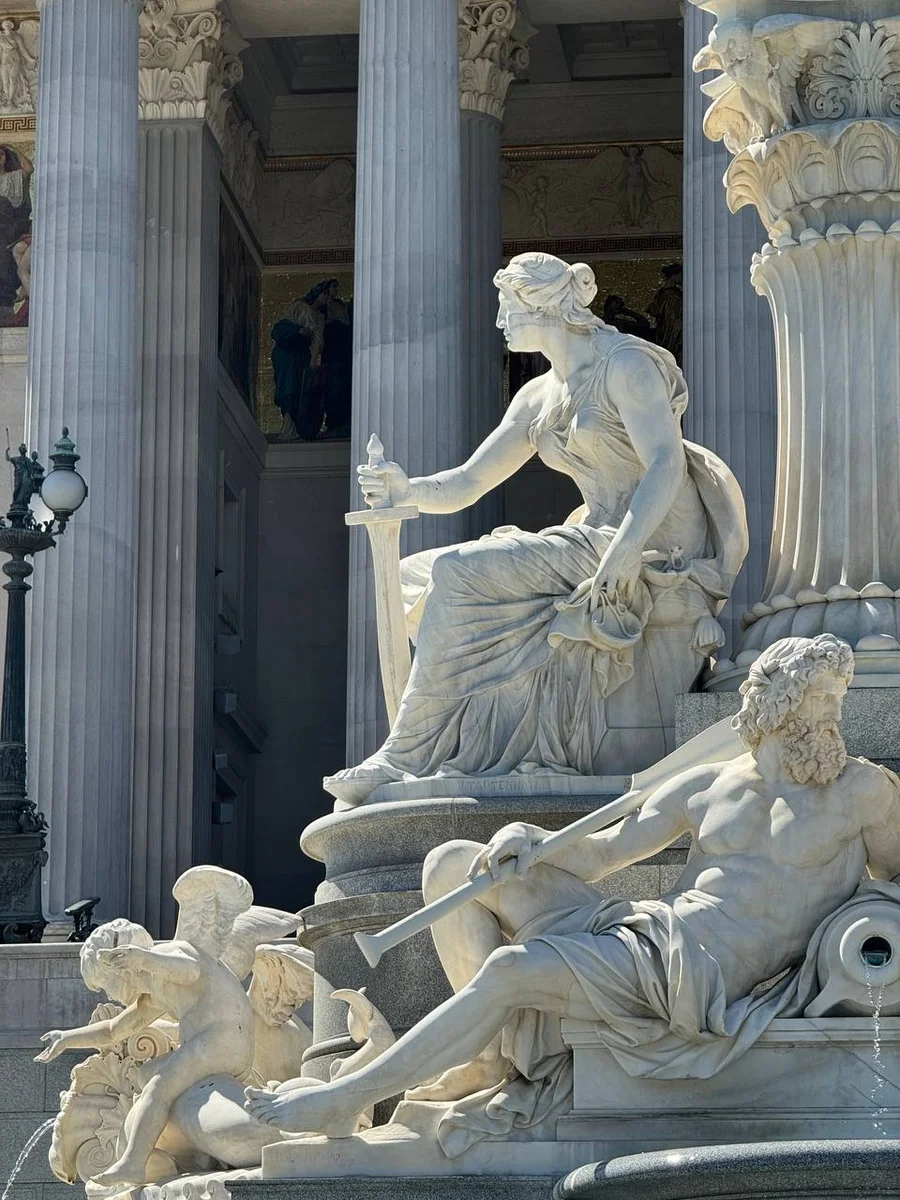
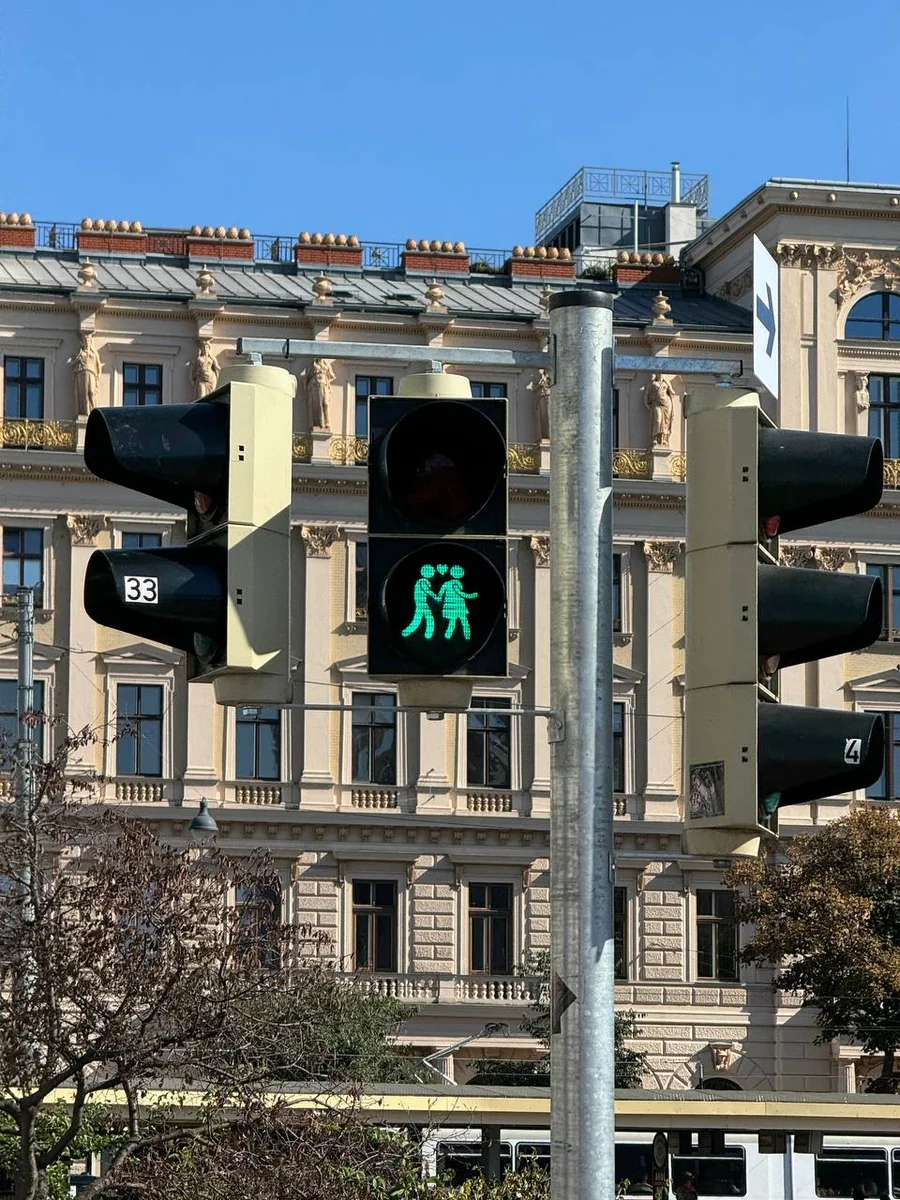
Simmering (11th district)
Simmering is a former industrial area that is, however, gradually being transformed.
Peculiarities:
- Vienna Central Cemetery.
- Gasometers (rebuilt industrial buildings).
- Proximity to the airport.
Real estate:
- Average price: 4954 €/m².
- Rent: 9–13 €/m² per month.
- A mixture of old industrial and new residential buildings.
Pros: low prices, growth potential.
Cons: less developed infrastructure.
Meidling (12th district)
Meidling is a diverse area with good transport links.
Peculiarities:
- Wien Meidling railway station.
- Thermal complex Theresienbad.
- Schönbrunn Palace (district boundary).
Real estate:
- Average price: 5270 €/m².
- Rent: 11–15 €/m² per month.
- Lots of municipal housing.
Pros: good transport links, affordable prices.
Cons: some parts are less attractive.
Hietzing (13th district)
Hietzing is a prestigious green area.
Peculiarities:
- Schonbrunn Palace and Park.
- Zoo Schönbrunn.
- Elite villas.
Real estate:
- Average price: 8379 €/m².
- Rent: 13–20 €/m² per month.
- Villas and luxury apartments predominate.
Pros: prestige, green areas.
Cons: high prices, distance from the center.
Penzing (14th district)
Penzing combines city life with nature.
Peculiarities:
- Part of the Vienna Woods.
- Technical Museum.
- Otto Wagner Hospital.
Real estate:
- Average price: 6354 €/m².
- Rent: 11–16 €/m² per month.
- Variety from old villas to modern apartments.
Pros: green areas, good value for money.
Cons: some parts are removed from the center.
Rudolfsheim-Fünfhaus (15th district)
Rudolfsheim-Fünfhaus is a multicultural district with affordable prices.
Peculiarities:
- Ernst-Happel Stadium.
- Western railway station.
- Multinational population.
Real estate:
- Average price: 5369 €/m².
- Rent: 10–14 €/m² per month.
- There are many old buildings, some in need of renovation.
Pros: affordable prices, good transport links.
Cons: some parts are less attractive.
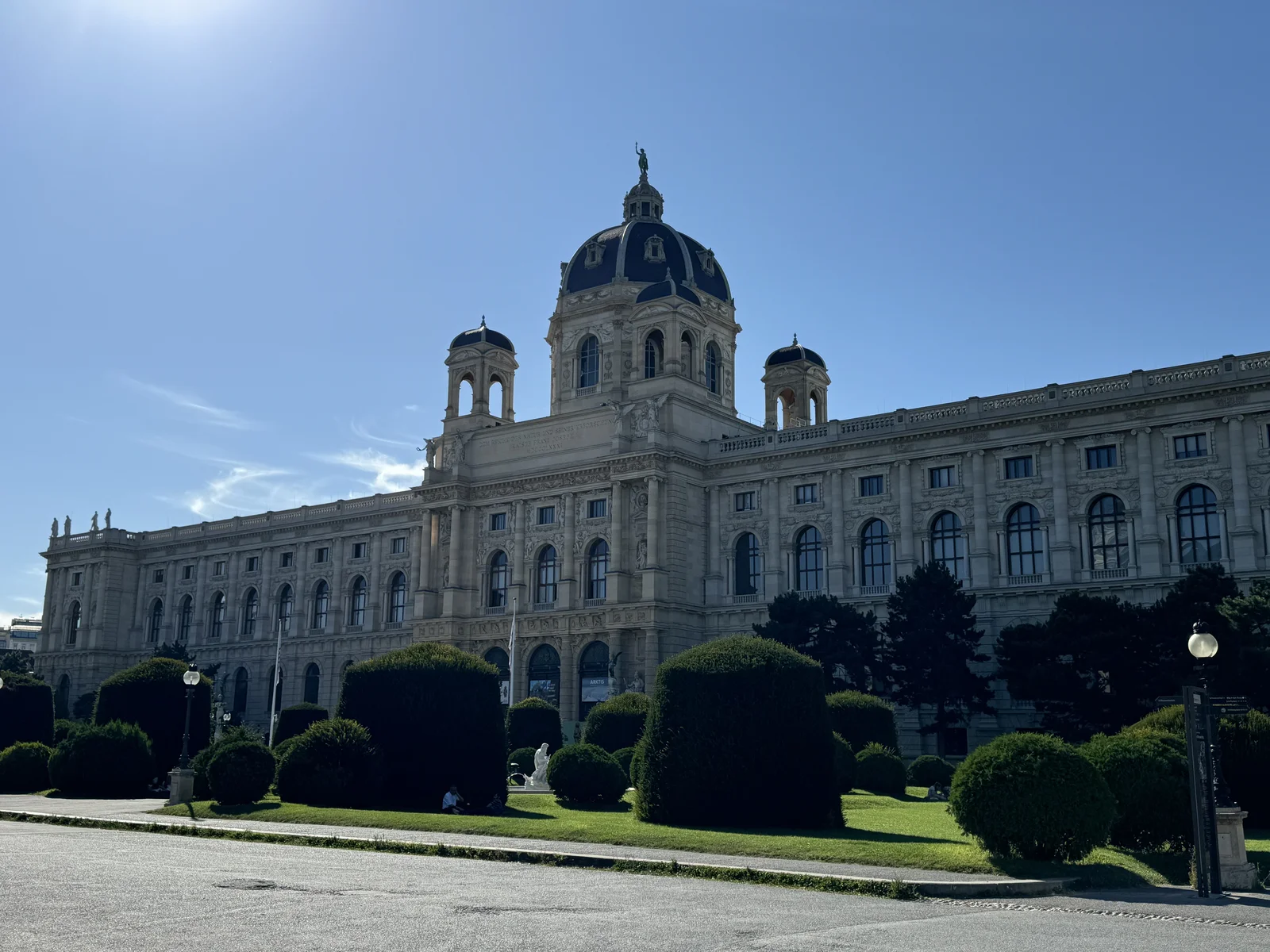
Ottakring (16th district)
Ottakring is known for its taverns and variety.
Peculiarities:
- Ottakringer Brewery.
- Gallitzinberg Hill.
- Multicultural district.
Real estate:
- Average price: 5165 €/m².
- Rent: 11–15 €/m² per month.
- From old working-class neighborhoods to modern complexes.
Pros: variety, affordable prices.
Cons: Some parts need renovation.
Hernals (17th district)
The Hernals area successfully combines the urban rhythm with the picturesque surrounding nature.
Peculiarities:
- Part of the Vienna Woods.
- Poschinger People's Park.
- Diverse architecture.
Real estate:
- Average price: 6048 €/m².
- Rent: 11-16 €/m² per month.
- From old villas to modern apartments.
Pros: green areas, good value for money.
Cons: some parts are removed from the center.
Währing (18th district)
Währing is a prestigious district with an elegant atmosphere.
Peculiarities:
- Cottage quarter.
- Turkish Chancellery.
- Vienna University of Natural Resources and Applied Sciences.
Real estate:
- Average price: 7311 €/m².
- Rent: 13–18 €/m² per month.
- Many luxurious old villas.
Pros: prestige, green areas.
Cons: high prices.
Döbling (19th district)
Döbling is one of the most prestigious and expensive districts of Vienna.
Peculiarities:
- Winemaking farms.
- Picturesque hills.
- Elite villas.
Real estate:
- Average price: 7856 €/m².
- Rent: 14–22 €/m² per month.
- Luxurious villas and expensive apartments predominate.
Pros: prestige, beautiful nature.
Cons: very high prices, distance from the center.
Brigittenau (20th district)
Brigittenau is a district with development potential.
Peculiarities:
- Situated between the Danube and the Danube Canal.
- Millennium Tower.
- Multinational population.
Real estate:
- Average price: 5136 €/m².
- Rent: 10–14 €/m² per month.
- Lots of post-war buildings, new development projects.
Pros: affordable prices, growth potential.
Cons: less developed infrastructure in some parts.
Floridsdorf (21st district)
Pros: active development, affordable prices, green areas.
Cons: remote from the center, some parts are still developing.
Real estate:
- Average price: 5929 €/m².
- Rent: 11–15 €/m² per month.
- There are many new residential complexes, and there are also private houses.
Donaustadt (22nd district)
Donaustadt is the largest district of Vienna with great development potential.
Peculiarities:
- Danube Island (recreation area).
- Vienna International Centre (UNO-City).
- Aspern Seestadt (new city district).
Real estate:
- Average price: 7295 €/m².
- Rent: 12–16 €/m² per month.
- New residential complexes predominate, there is a lot of green construction.
Pros: large green areas, modern housing, growth potential.
Cons: remote from the center, some parts are still developing.
Liesing (23rd district)
Liesing is the southernmost district of Vienna, combining residential and industrial areas.
Peculiarities:
- Lizingsky stream and valley.
- Industrial zones.
- Rodauer Park.
Real estate:
- Average price: 5769 €/m².
- Rent: 11-15 €/m² per month.
- Alternation of private houses, old and new apartment buildings.
Pros: affordable prices, quiet residential areas.
Cons: distance from the center, uneven development of different parts.
Comparative table of Vienna districts:
|
District |
Average price (€/m²) |
Rent (€/m²/month) |
Characteristic |
|
1. Inner City |
17,604 |
20–30 |
Historical center, prestigious |
|
2. Leopoldstadt |
5455 |
11–15 |
Developing, green |
|
3. Landstraße |
7286 |
12–18 |
Balance of history and modernity |
|
4. Wieden |
10,167 |
14–20 |
Cultural, central |
|
5. Margaret |
4827 |
10–14 |
Accessible, multicultural |
|
6. Mariahilf |
6732 |
13–18 |
Shopping, lively |
|
7. Neubau |
9422 |
14–20 |
Fashionable, cultural |
|
8. Josefstadt |
6121 |
13–18 |
Elegant, quiet |
|
9. Alsergrund |
9060 |
13–18 |
University, medical |
|
10. Favorites |
4982 |
10–14 |
Densely populated, accessible |
|
11. Simmering |
4954 |
9–13 |
Former industrial, developing |
|
12. Meidling |
5270 |
11–15 |
Diverse, good message |
|
13. Hietzing |
8379 |
13–20 |
Prestigious, green |
|
14. Penzing |
6354 |
11–16 |
Combination of city and nature |
|
15. Rudolfsheim Castle |
5369 |
10–14 |
Multicultural, accessible |
|
16. Ottakring |
5165 |
11–15 |
Diverse, authentic |
|
17. Hernals |
6048 |
11–16 |
Green, calm |
|
18. Warming |
7311 |
13–18 |
Prestigious, elegant |
|
19. Döbling |
7856 |
14–22 |
Elite, picturesque |
|
20. Brigitte |
5136 |
10–14 |
Evolving, accessible |
|
21. Floridsdorf |
5929 |
11–15 |
Developing, green |
|
22. Donaustadt |
7295 |
12–16 |
Large, modern |
|
23. Liesing |
5769 |
11–15 |
Diverse, quiet |
FAQ: Vienna District Overview
Which area of Vienna is the most expensive?
Where can you find the most affordable housing in Vienna?
Which areas of Vienna are considered the most prestigious?
Are there any restrictions for foreigners when purchasing real estate in Vienna?
What additional costs should you consider when buying property in Vienna?
Which areas of Vienna are considered the most promising for investment?
What are the most common types of real estate in Vienna?
Is it possible to buy property in Vienna for rent?
Author
I am responsible for editorial work. I write expert interviews and guides.











